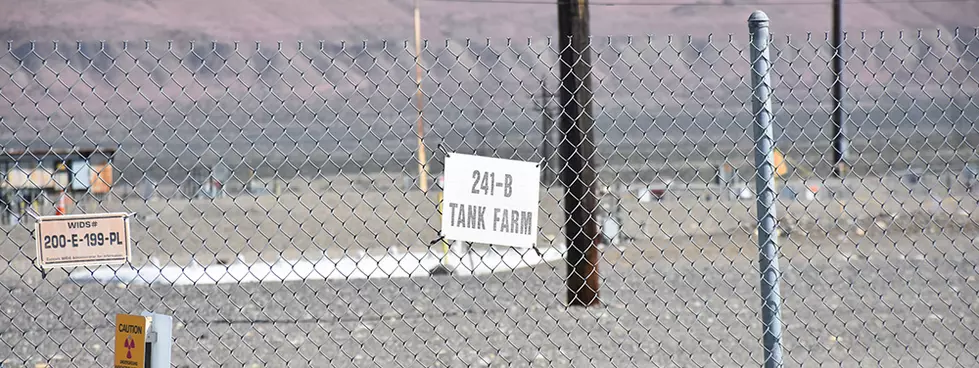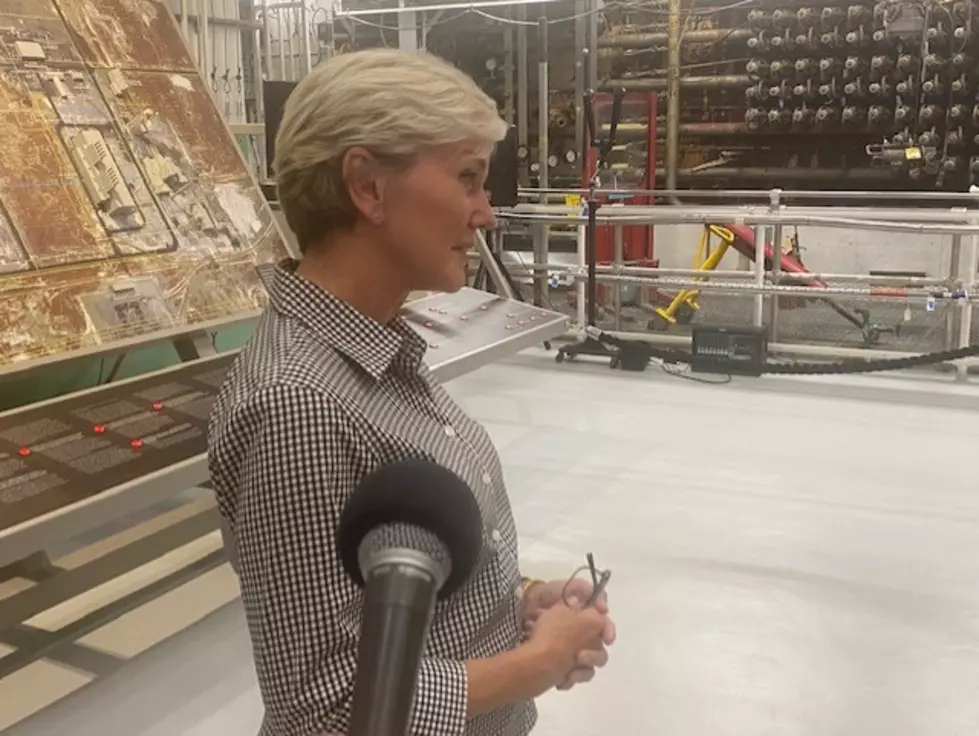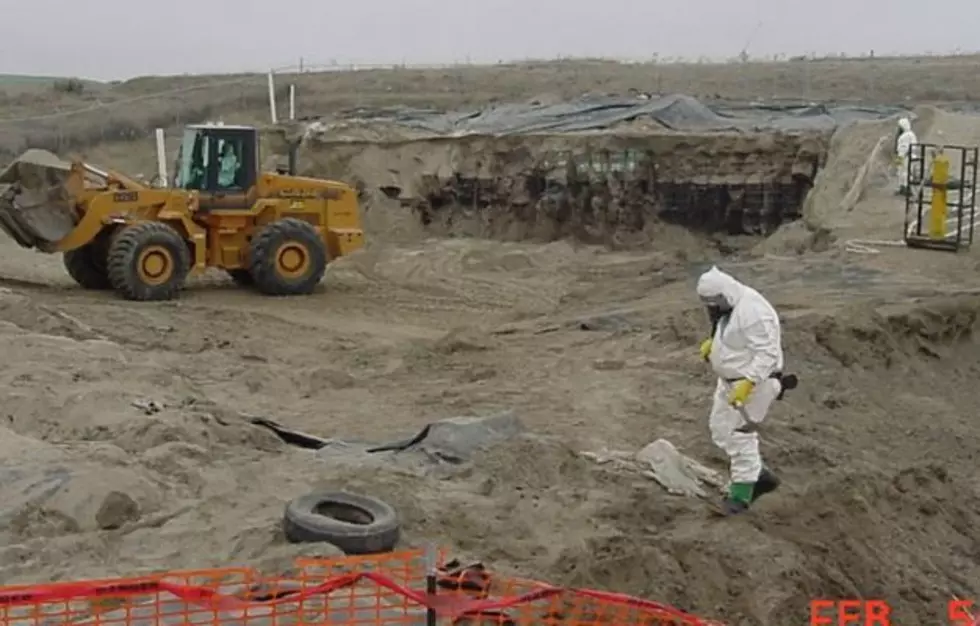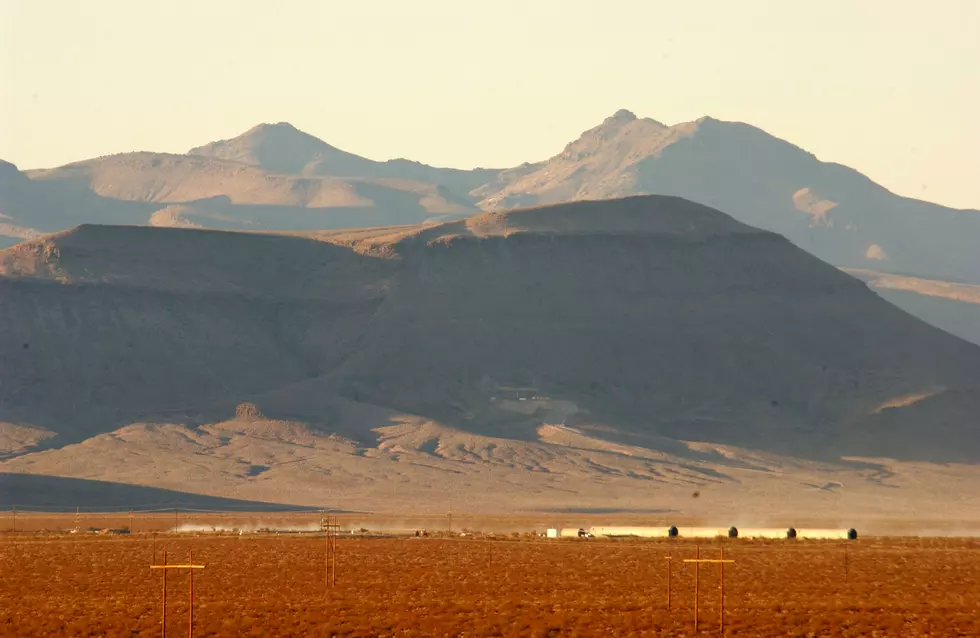
Will the Hanford VIT Plant Actually Work? — A Look at What Scientists Are Up Against
We've been taking a look at what has almost become an iconic part of the Mid-Columbia: the VIT, or vitrification plant, at Hanford.
The VIT plant is taking a long time, becoming expensive and has always been complicated. Anyone wanting to truly understand it should read a great article from the May, 2013, Scientific American.
But the question on everyone's mind is, if vitrification is already being done elsewhere, why is Hanford taking so long?
Unlike anywhere else on earth, Hanford is the largest collection of the most hazardous waste known to man. I'm not exaggerating. Hundreds of studies have shown that unlike Savannah, Georgia, or nuclear plants in France, Hanford is a mysterious mix of every chemical element known to man! In 1996 and 2001, the federal Committee on Remediation of Tank Wastes released reports saying the 177 tanks at Hanford contain dozens of different mixes of chemcials, nuclear waste and other elements.
Not only are they dangerous, the combination of these wastes has created often toxic elements that cannot be identified until they are removed from the tanks prior to being fed into the VIT plant. Adding to that issue, for decades the government didn't keep records of what exactly was being dumped into the tanks besides nuclear waste. Imagine you and your neighbors dumping household wastes into a septic tank for 30 years without any documentation, then you move away, and the new homeowners have to figure out what you put in there.
The Scientific American article put it this way:
The waste presents significant challenges for Vit Plant project engineers and nuclear chemists. For one thing, the waste varies wildly from tank to tank. The former nuclear weapons facility at Savannah River, Ga.—also part of the Manhattan Project—has been successfully vitrifying weapons waste for years, but only one fuel separation process was used there. At Hanford there were nine production reactors making plutonium and uranium fuel using at least six different radiochemical processes whose chemistry, and thus constituents, were very different."
These differences are affecting how the VIT Plant is being built. Because so much of the waste is different, it may require changes to the glass formula in the plant as it processes each different element. The plant may have to contain multiple treatment options.
The Waste Isn't Just Liquid Either
The VIT Plant will have to deal with five different forms of waste in each tank. It's not just a matter of pumping out the liquid and treating it.
From the Scientific American article:
The physical form of the waste causes problems, too. It’s very difficult to get a representative sample from any given tank because the waste has settled into layers, starting with a baked-on “hard heal” at the bottom, a layer of salt cake above that, a layer of gooey sludge, then fluid, and finally gases in the headspace between the fluid and the ceiling. Most of the radioactivity is in the solids and sludge whereas most of the volume is in the liquids and the salt cake."
Scientists and engineers are trying to build a treatment plant that can deal with multiple types of waste, some of it unknown. They have to build a facility that will safely handle the most radioactive waste on earth without breaking down. The internal parts of the VIT Plant have to handle waste that is so radioactive even a human with the most protective suit cannot be near it. According to reports, these internal "Black Boxes" cannot be opened for maintenance once the plant starts running because of the radioactivity.
It's because of these issues that a series of safety and technical concerns have been raised over the plant's design and operation. And, as new discoveries of hazardous waste are made inside the tanks, it affects the design yet again.
Nobody knows if the VIT Plant will work. Much like the creation of the atomic bomb, we are attempting to do something thought to be impossible. The Scientific American article ended with what we thought was a brilliant assessment of the situation:
The Vit Plant was supposed to start operating in 2007 and is now projected to begin in 2022. Its original budget was $4.3 billion and is now estimated at $13.4 billion. Nobody is suggesting the project be abandoned, yet forging ahead without confidence in the plant’s safe operation is not really an option either. The real question, many Hanford watchers say, is whether the country wants to pay for doing it right."
The waste isn't just going to go away; something has to be done to treat and store it safely.
More From 870 AM KFLD









